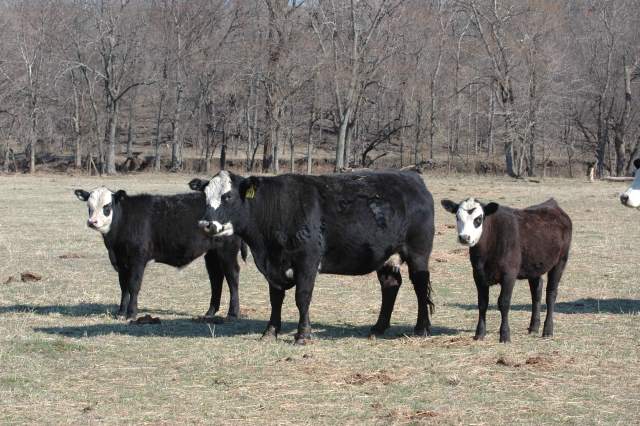Is The Cattle Market Nearing Its Top?
While the cattle market hasn’t topped, analysts say it may be in view, distantly.
4 Min Read

<p>Crossbred calves growing and gaining</p>
About the Author(s)
Subscribe to Our Newsletters
BEEF Magazine is the source for beef production, management and market news.
You May Also Like


.png?width=300&auto=webp&quality=80&disable=upscale)
